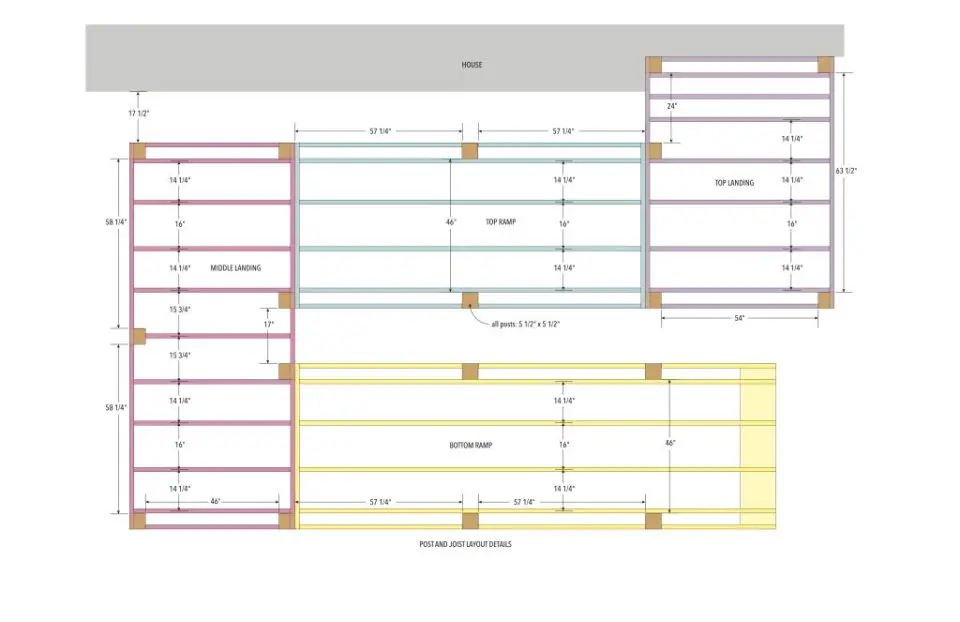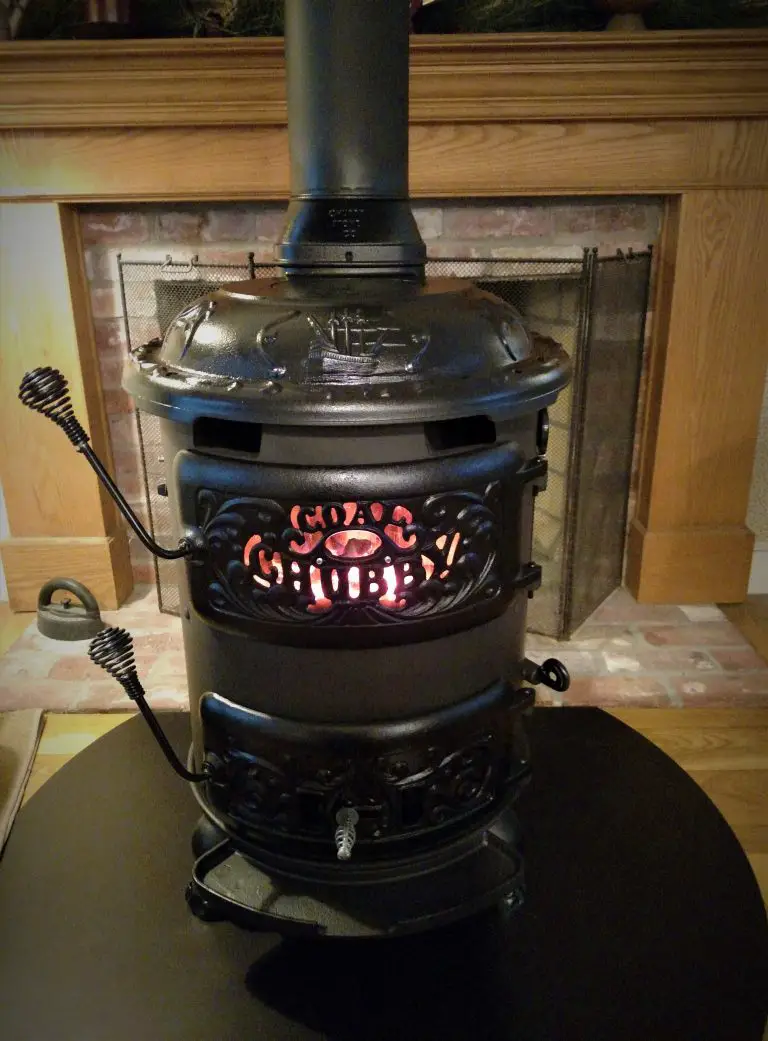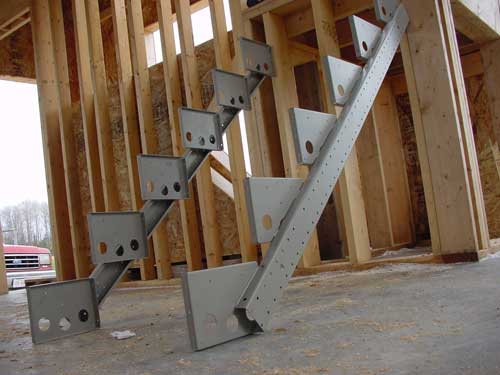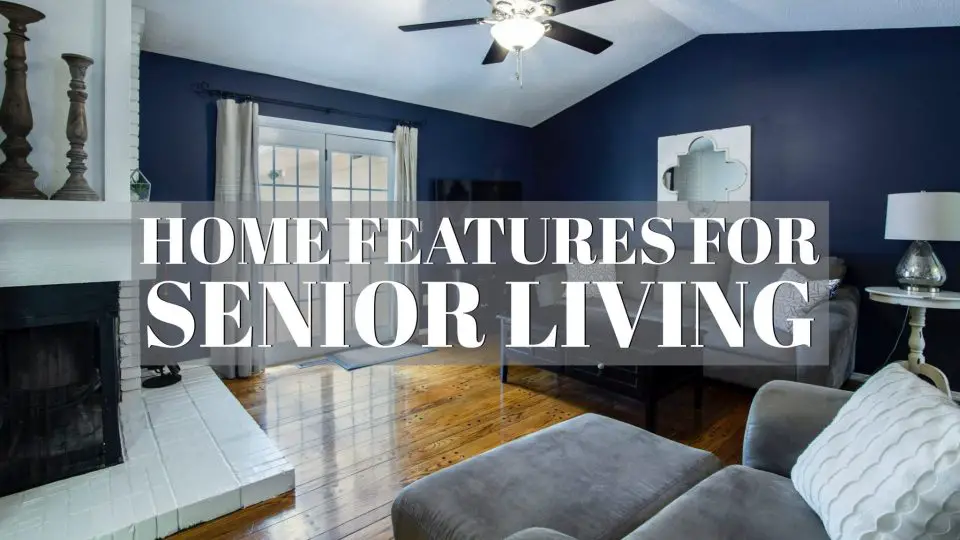
Does the idea of moving into a nursing home someday worry you? I know it’s an unspoken black cloud that steals joy from many people as they retire and age. I don’t know anyone who looks forward to the prospect of life in a long-term care nursing home after they’ve lived an entire independent lifetime in their own house. Thank goodness nursing homes exist, but wouldn’t it be great to never have to use one? This leads me to something many more able-bodied people should think about now, while they still have the chance. It has to do with time, and my parents-in-law are a perfect example of how tricky perspection can be in all this.
Peace of Mind Now
As my wife’s parents got into their 70s (completely healthy and in good shape), they opted to sell the multi-level family home they’ve been in for more than 30 years. Moving into a smaller, single-level home in a gated community with yard services and snow removal provided was their “aging in place” plan and it seemed like a wise idea at the time. But in the end it turned out to be of no use at all. Too little, too late.
For all the benefits their new place touted, they might as well have stayed in their big family home for all the good it did. In fact, they were worse off in their new “retirement home” than if they had stayed in the big two-storey place they had before. Why? Simply because it takes much more than ground-floor living space to keep you out of a nursing home as aging advances. A lot more. It also takes wise planning and appropriate modifications done ahead of time, while you’re still healthy. This is precisely where most people procrastinate far too long. Procrastination is the main reason people end up in a nursing home when things could have been different for them.
Besides the obvious outcome of moving to a nursing home, procrastination harms even able-bodied and active seniors. How? Worry. If the prospect of having to move into a nursing home is a black cloud on your horizon, then you should consider a solution that delivers peace of mind right away. Far too few homeowners apply this approach to their lives, and that’s what this article is about. On the one hand I want to tell you about a few practical examples of aging-in-place modifications that can make a difference (coming up later here), but more than that this article is a call to all you senior-aged, able-bodied people to begin acting now, way before you need grab rails, ramps, a senior-friendly bathroom and in-home care.
Aging in Place Gracefully
All of this is one reason I chose to help people age gracefully and happily in their own home. It’s a growing specialty of mine. Read on for examples of a few simple, specific ideas to support aging in place, but if reducing your worry is something you actually want to do something about, email me directly at [email protected]. I’d like to hear what pain-points you might have as you think about aging in place, and how these might be solved.
Race Against Time
I’m sure I’m not the only one who notices how time rolls along faster the older you get. Years go by like months used to. I’m 60 now and it seems like yesterday when my youngest daughter Ellie came along when I was 45. My oldest son, Robert, is 33 now, and it was just yesterday that I was his age. The next thing I know I’ll be 70. My government is already offering me an old-age pension (I’m not taking it). When store clerks offer me a “seniors” discount I want to say “Hey, I’m not a senior. Oh, wait, maybe I almost am!”. I guess I look like one.
The mistake my parents-in-law made was to grossly under-estimate the kind of home features they’d need in order to avoid the expense and grief of institutional care. This under-estimation is common – almost universal. In the end, dementia and an inadequate house meant that Dad had to go into a nursing home by himself when such a thing could have been avoided. Mom had to go afterwards too, ending up on a different floor of the same nursing home and hardly seeing her husband of 50+ years. She didn’t even get to be with him when he died because there was no time to move Mom to Dad’s room as the end came. And if all this wasn’t enough, the nursing home experience was so expensive that it even threatened to gobble up the massive, seven-figure nest-egg my father-in-law had accumulated during his career as an executive of a major international corporation. Few people understand that the greater your net worth, the more you’ll have to pay for nursing home care in many countries.
The average actual cost of full-time nursing home care in both the US and Canada is $60,000 t0 $100,000 per year per person. While some people pay less, that’s only because government covers some of the actual costs with debt, which is nothing more than placing the cost onto the shoulders of future generations. Some people tell me that it “only” costs them $2500 or $3000 per month to keep Mom in long-term care, but that’s not the real cost at all. Just one personal support worker alone earns $3000 per month plus benefits, so clearly $3k per month is not covering food, shelter, medical care, facility maintenance and profits. If you’ve been prudent enough to accumulate good savings, you can expect the nursing home experience to take as much of it away to pay for your care as someone somewhere thinks is “fair”.
The bottom line is that it doesn’t have to be this way for you. In fact, it probably won’t be if you take prudent action now, before it’s necessary. So, what does prudent action look like? There are three main things that need to happen for any wise aging in place plan to succeed.
Better Life, Better Finances
What do prudent aging-in-place actions look like? There are three main things that I help people with as they take charge of their aging in place preparations with home enhancements:
- Assessment of your home in its current state: No home is truly senior-friendly without intentional enhancements.
- An educated action plan for upgrades: This is where best-practice options are examined and applied to your situation in a custom way.
- Appropriate modifications done correctly: Many people who subscribe to this website are handy, hands-on people, so it’s a no-brainer that they’ll likely do the work themselves, or at least some of them. Get busy now and you’ll have the satisfaction and financial savings of adding home features that will help you later, but also give you much greater peace of mind immediately.
So, what specific modifications make the most sense to start with? The lowest hanging fruit in this regard is simple and economical. There’s more involved than these things, of course, but the three items here are a start.
Wall-mounted grab rails
This is one of the easiest and most useful things you can do to enhance the liveability of many areas of your home, but there are two technical details to think about. The first is quality. Grab rails are something you need to be able to rely on, so not just any grab rail will do. There are many lengths, diameters and configurations. And second, anchoring a grab rail to a wall can be tricky if there isn’t something solid to sink mounting screws into. And lack of solid anchoring surfaces below the wall is the norm rather than the exception. You definitely need more than just regular drywall anchors for this. The anchor system below is the best I’ve seen for grab rail installation on hollow walls.

Lever door handles
This is a simple, inexpensive, yet surprisingly effective home enhancement. Lever-style handles need far less grip strength than a round knob (no grip at all, in fact), and they can be easily retrofitted where standard round door knobs already exist in your home. The only technical thing to keep in mind as you choose handles is something called “backset”. This refers to the distance from the center of the hole where the door knob or lever is located and the edge of the door. Two standard backset figures are in common use today: 2 ⅜” and 2 ¾”. Of these two, 2 ¾” is the most common. All you need to remember is to buy a lever handle set with the same backset as your current door knobs. Some new handles can even be adjusted to fit either 2 ⅜” or 2 ¾” backsets. The lever handles below are high quality and reasonably priced. This is the kind of thing you want.
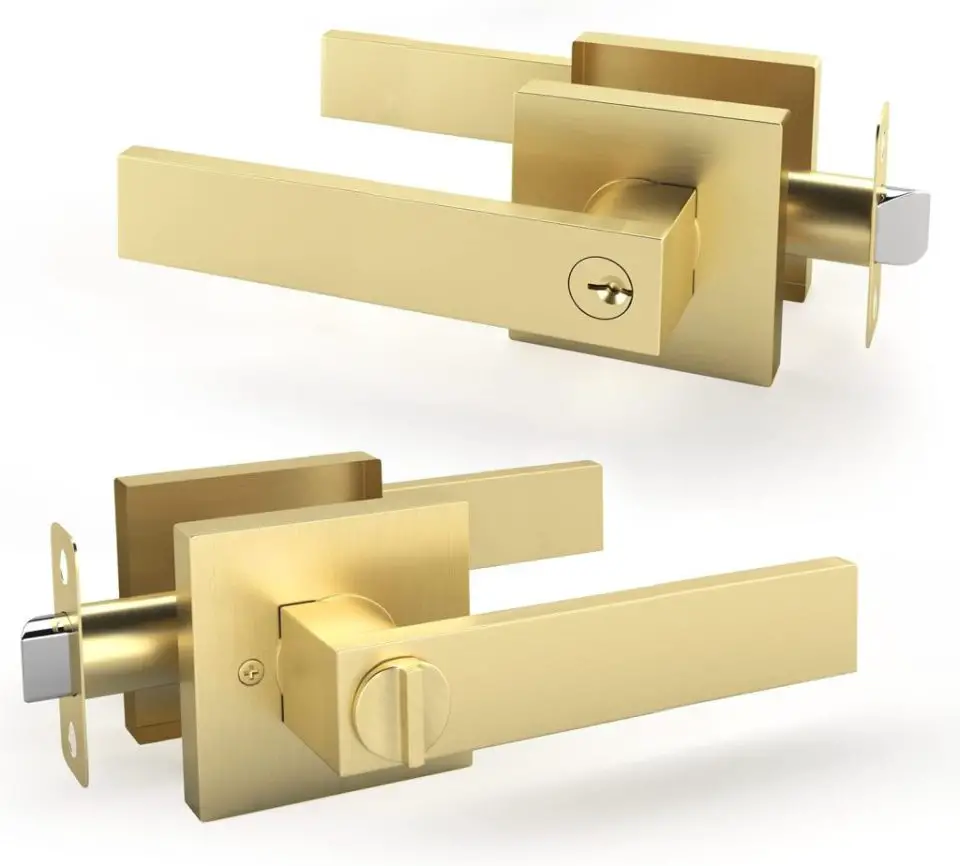
Access ramp
One of my favourite ways to help people prepare to age at home is with a custom-designed access ramp. Don’t wait until you need one to start building, either. All ramps must be custom-made for every home because no two situations are exactly alike. The illustrations below are part of a ramp design package I created for a client in South Carolina.

